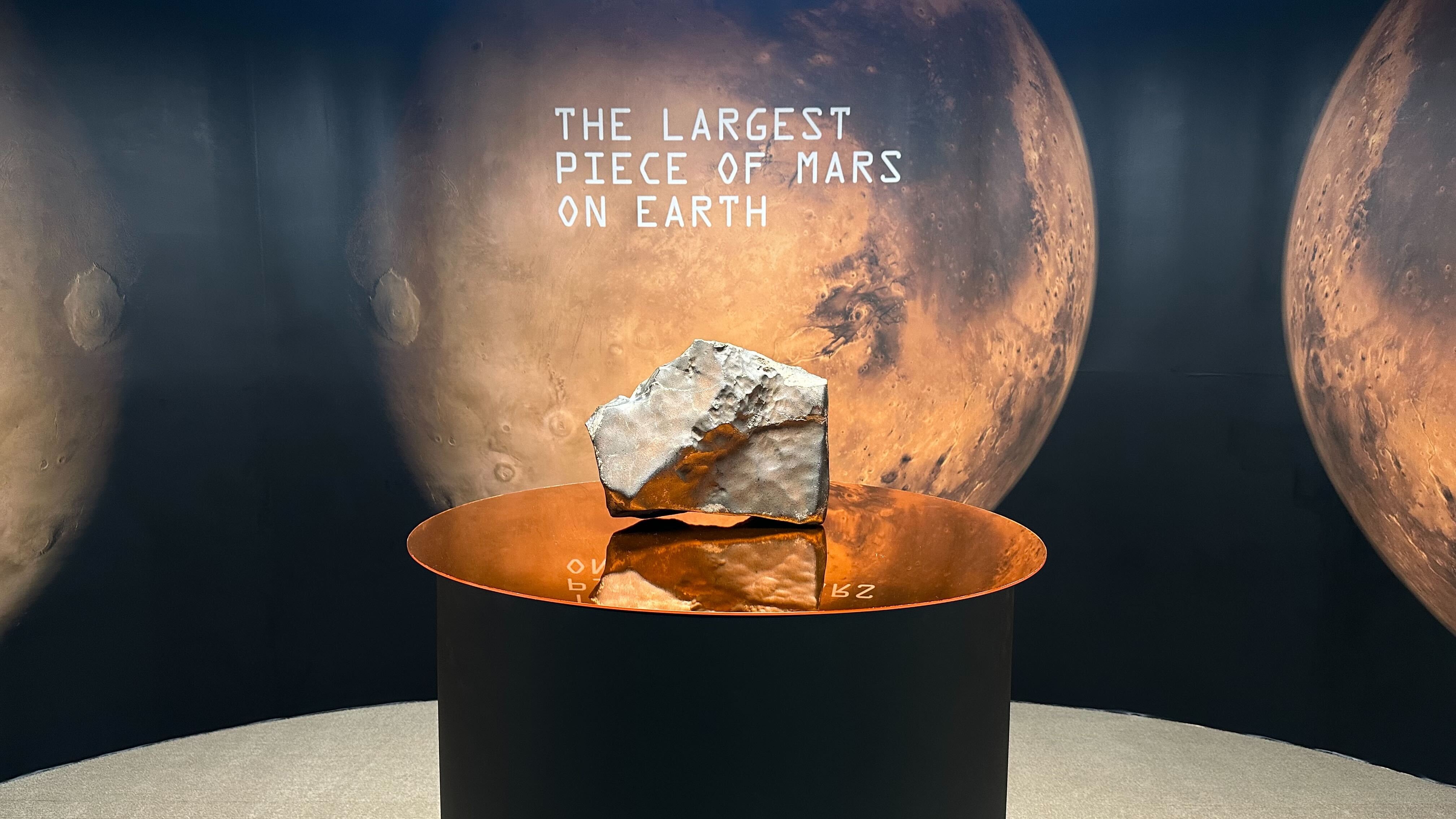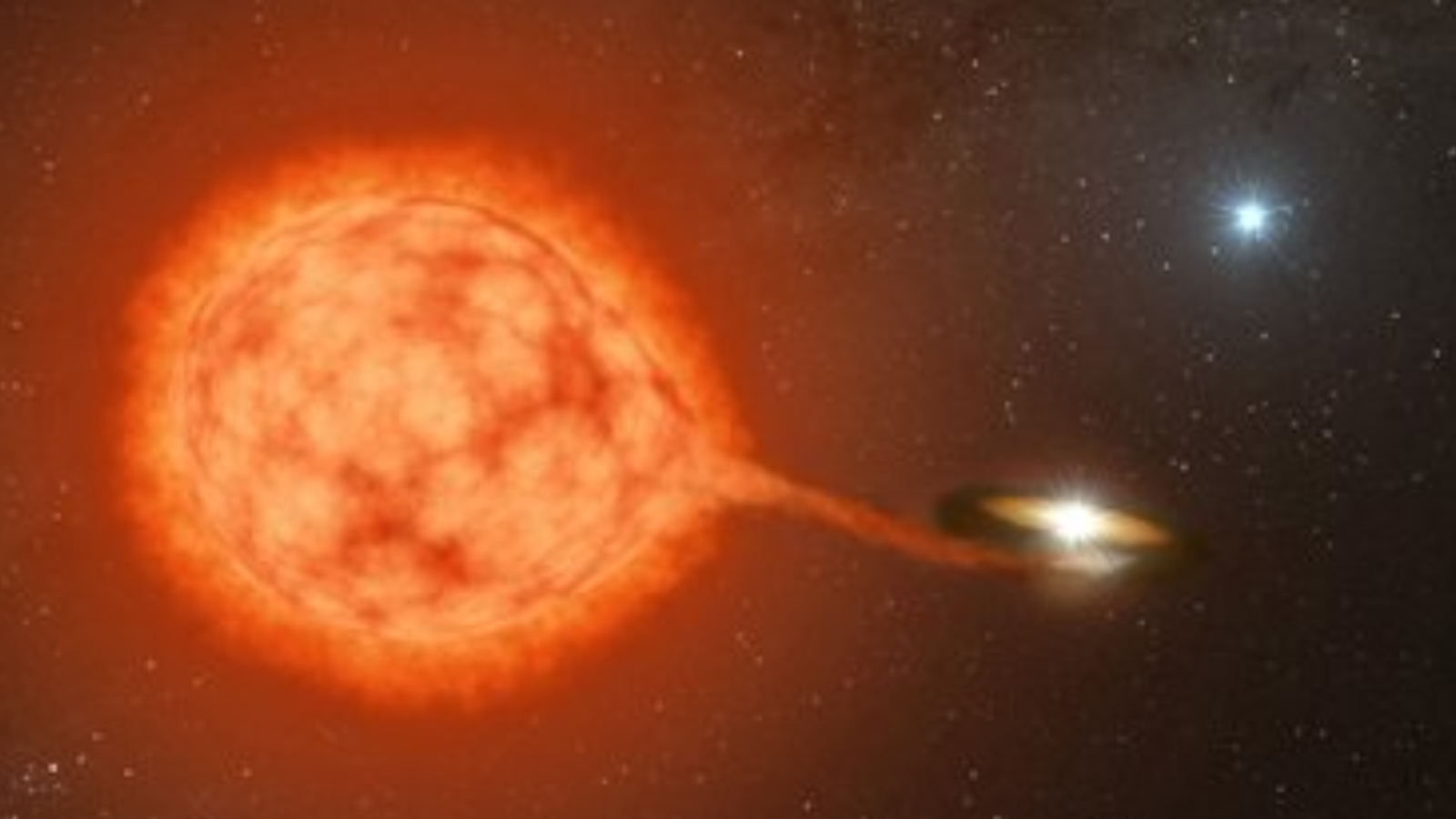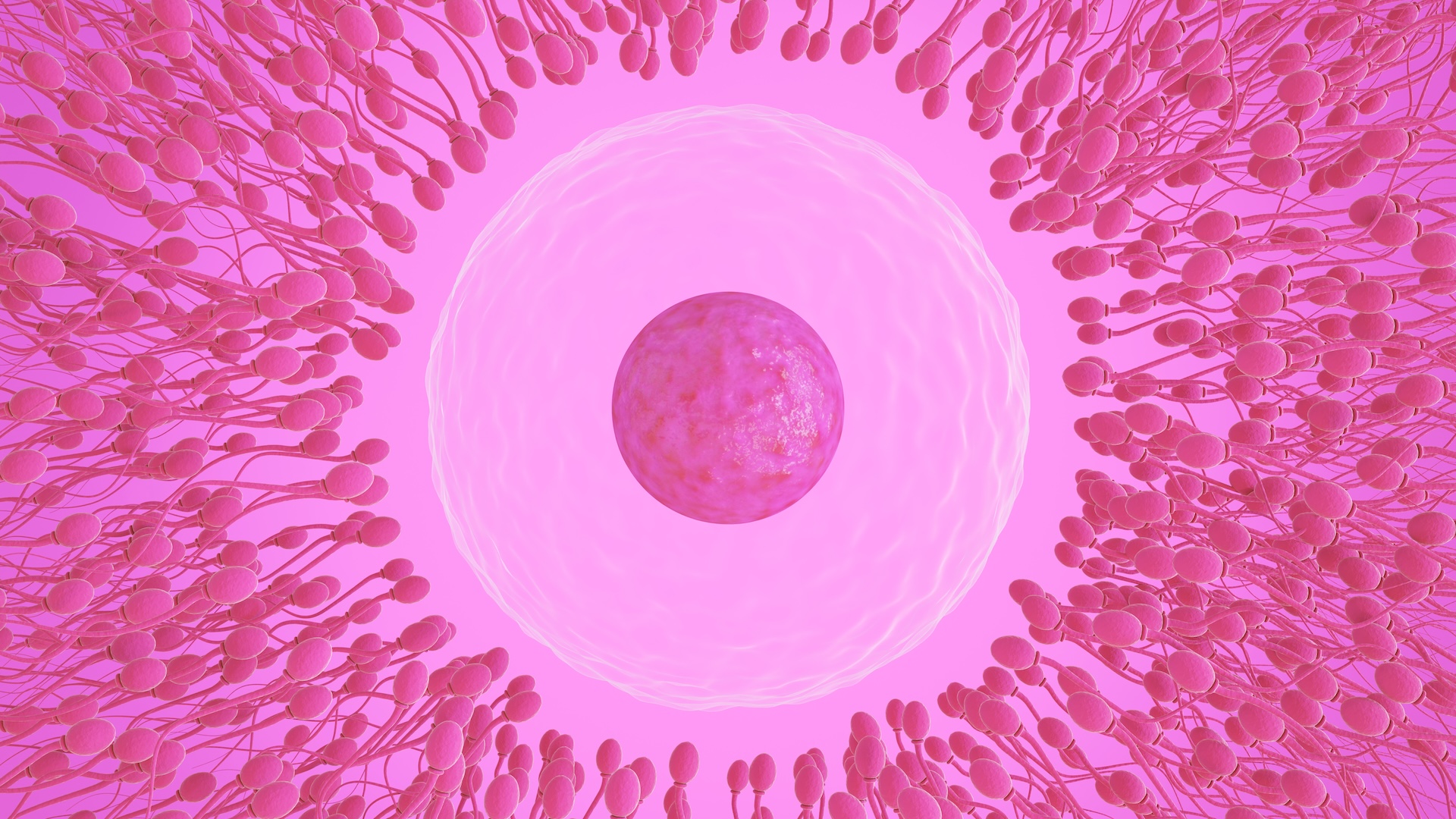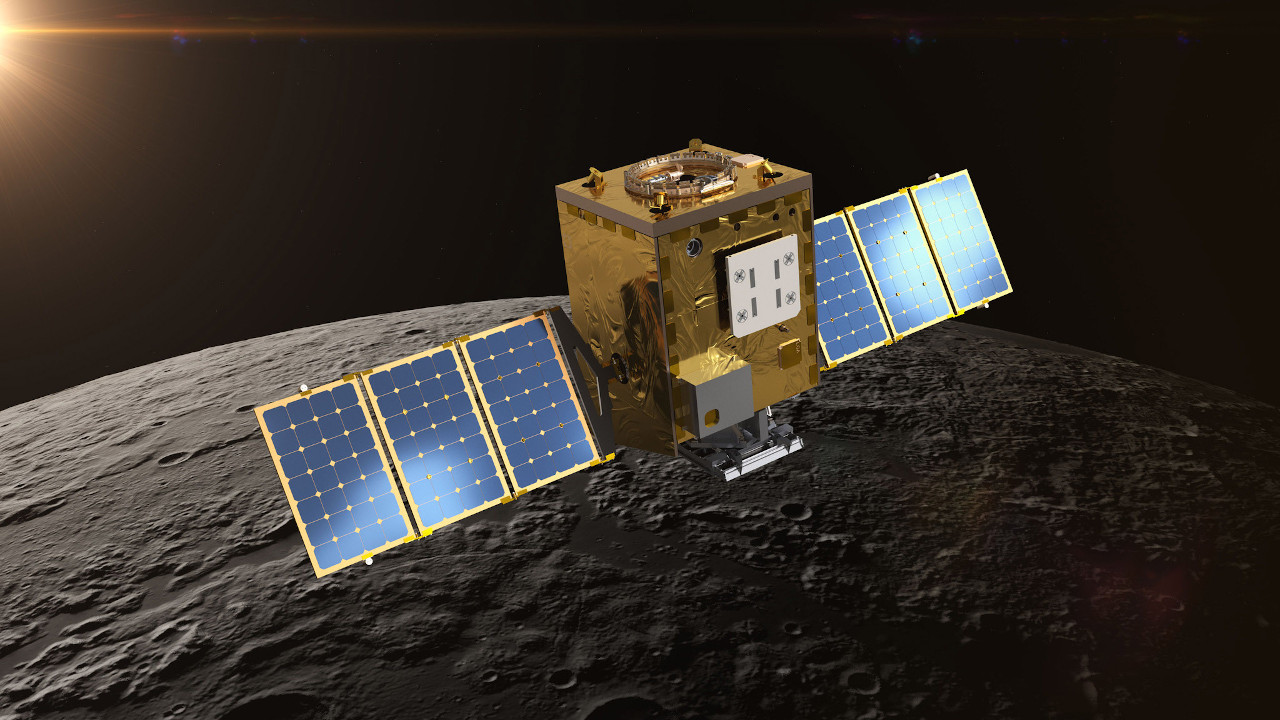Scientists have created a penny-sized laser that they say could improve the way that autonomous vehicles can navigate the streets. The laser is intended to enhance a scientific technique called optical metrology — in which light is used to measure and identify objects. They envision several applications for their invention, including lidar (light detection and ranging), which is used to …
Read More »Science
Giant space 'boulders' unleashed by NASA's DART mission aren't behaving as expected, revealing hidden risks of deflecting asteroids – Live Science
Giant space ‘boulders’ unleashed by NASA’s DART mission aren’t behaving as expected, revealing hidden risks of deflecting asteroids Live Science NASA’s asteroid-crash Earth defense tactic has a complication — DART ejected large boulders into space Space Deflecting Asteroids Isn’t Simple According to New Data from DART Universe Today “Something Unknown Is At Work Here”: Unexpected Results From NASA Mission To Deflect Asteroid IFLScience DART’s …
Read More »The largest Mars rock on Earth is up for auction in NYC — it could be yours for $4 million (or more)
NEW YORK CITY — Tucked away in a building on the corner of 72nd Street and York Avenue in Lenox Hill, an extraterrestrial marvel sits sturdily on a mirrored pedestal. It’s the largest Mars rock on planet Earth — and it turns out its 54-pound (25-kilogram), ashy, terracotta structure isn’t as priceless as you’d expect. This Mars rock is up …
Read More »This disturbing disease has struck Florida’s coast
PALM BEACH COUNTY, Fla. – A mysterious and deadly disease is wreaking havoc on nine-armed sea stars along Florida’s Atlantic coast, according to the University of Florida’s Institute of Food and Agricultural Studies (UF/IFAS). In a release last month, researchers confirmed the outbreak of the notorious sea-star wasting disease (SSWD) — a condition known for causing sea stars to develop …
Read More »Just a moment…
Just a moment… Enable JavaScript and cookies to continue This request seems a bit unusual, so we need to confirm that you’re human. Please press and hold the button until it turns completely green. Thank you for your cooperation! Press and Hold Press and hold the button If you believe this is an error, please contact our support team. 209.74.74.26 …
Read More »Ravenous ‘vampire’ stars may use cosmic accomplices to help devour stellar victims
Astronomers have been aware of cosmic vampires, dead stars that hungrily strip plasma from victim stars, for some time. New research suggests that some of these cosmic fiends could have accomplices, Renfields to their Draculas, in the form of a third star in their systems, facilitating their fateful encounter. These systems are known as cataclysmic variables, and their occupant vampire …
Read More »Just a moment…
Just a moment… Enable JavaScript and cookies to continue This request seems a bit unusual, so we need to confirm that you’re human. Please press and hold the button until it turns completely green. Thank you for your cooperation! Press and Hold Press and hold the button If you believe this is an error, please contact our support team. 209.74.74.26 …
Read More »The choice of sperm is ‘entirely up to the egg’ — so why does the myth of ‘racing sperm’ persist?
It’s a commonly held belief: Sperm cells are like runners in an epic race, competing against each other for access to the coveted egg at the finish line. The egg, in turn, waits patiently for the winning sperm to pierce its outer membrane, triggering fertilization. This narrative of racing sperm and waiting eggs has persisted through time — and yet, …
Read More »The Fight To Save Lunar Trailblazer
After the fire and fury of liftoff, when a spacecraft is sailing silently through space, you could be forgiven for thinking the hard part of the mission is over. After all, riding what’s essentially a domesticated explosion up and out of Earth’s gravity well very nearly pushes physics and current material science to the breaking point. But in reality, getting …
Read More »Ferrocene derivative breaks 18-electron rule with unique 20-electron structure and unusual redox chemistry
A new derivative of ferrocene has 20 valence electrons, challenging the longstanding rule that organometallic compounds can only have a maximum of 18. The researchers highlight that the ligand structure alters the redox properties of the complex, offering improvements for current catalysts and materials. Organometallic compounds – species containing at least one metal-to-carbon bond – are often most stable if …
Read More »





